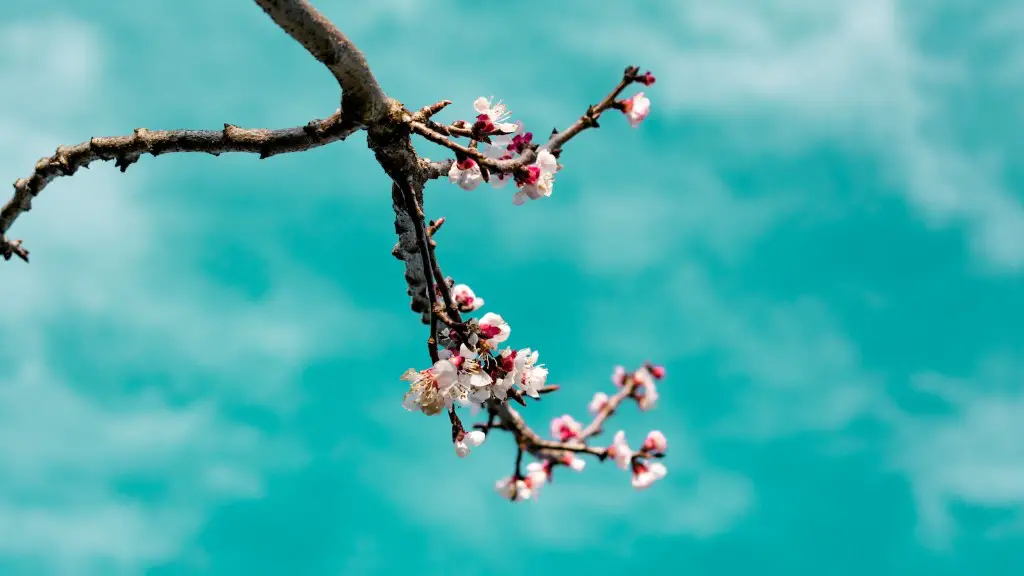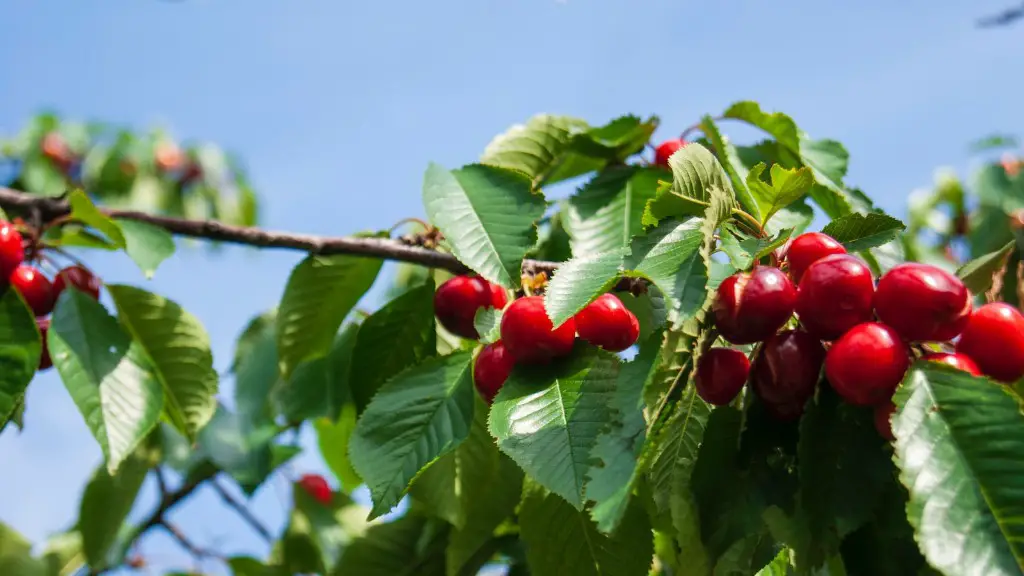Pruning a Japanese cherry tree is not a job to be taken lightly. Proper pruning can help keep the tree healthy, while neglecting to prune can cause the tree to become overgrown and unhealthy. If done correctly, pruning can also help improve the beauty of the tree. The key is to understand the basics of cherry tree pruning before taking on the job.
The optimal time for pruning Japanese cherry tree is the late winter or early spring. This is when the tree is dormant and no new growth has yet to occur. Pruning too late can shock the tree and may reduce flowering later in the season. Experts recommend cleaning up the dead branches, crossing and broken branches in the fall or winter. To prevent any damage from flowering, thinning should be done in the early spring before buds open.
When pruning a cherry tree, sharpened and clean pruning shears should be used to get clean cuts across the branches. To make precise cuts, begin by removing very small branches, those less than one-quarter inch in diameter, first. This prevents the tree from being over-clipped. When trimming larger branches, cuts should be made slightly away from the branch collar, which is the swollen area on the tree trunk where a branch attaches. Leave the branch collar intact, as it is an essential part of the healing process.
Cherry trees can become distorted with poor pruning. Leaving the branches too long, or pruning them at the wrong angle can lead to misshapen and unhealthy trees. To prevent this, the tree should be pruned to follow the natural shape of the tree by cutting off branches and twigs at the joint. Do not prune too drastically, as this can cause die-back in the growing season.
To keep the tree healthy after pruning, dead or diseased branches should be removed for each season. This helps protect the tree from disease and rot. Another important tip is to not prune too much of the Japanese cherry tree in one go, as this can cause the tree to become vulnerable to wind, pests and disease.
The proper pruning of a Japanese cherry tree is essential for its health and beauty. Pruning too much or too little can lead to an unhealthy and misshapen tree, and the damage may be irreversible. However, with the right knowledge and care, pruning can be incredibly beneficial for both the tree and its admirers.
Creating a balanced, symmetrical shape
Creating a balanced and symmetrical shape is one of the best ways to achieve an aesthetically pleasing cherry tree. To do this, one should take a step back and look at the natural shape of the tree to identify any branches or twigs that may be causing it to become uneven. Careful pruning can then be done to remove these branches while preserving the natural shape of the tree. Again, be sure to make the cuts slightly away from the branch collar to avoid damaging the tree and the healing process.
Perhaps the best way to keep a cherry tree shaped even is by only pruning the dead wood and taming the growth of the vigorous ones so that the branches neither become too heavy nor over sparse. Experts advise to prune the cherry tree and make the shape as even and symmetrical as possible, as this will give the tree a better chance at thriving.
It is also important to remove any dead or diseased branches for each season, as well as any cross branches or shoots which are growing too close to the trunk. This will help keep the tree healthy and strong in the long run. Additionally, pruning in the early spring can help the tree from overcrowding, thereby increasing the amount of available light and air that reach each twig and branch.
Why prune at all?
Pruning is essential when it comes to the health and well-being of a cherry tree. Pruning can help protect a tree from disease, pests and wind damage, as well as improve the tree’s growth and flowering. In addition to removing dead wood and diseased branches, pruning can help enhance the natural shape of the tree, encouraging new growth and blossoms to form.
Additionally, cherry trees require pruning to keep a desirable shape. Allowing it to grow without being pruned can lead to an excess of branches and a misshapen tree. Pruning is an important part of maintaining the beauty of a cherry tree, as it can help keep its shape and provide a more aesthetically pleasing result. Furthermore, pruning in the early spring can help with the developing of new foliage and flowers.
Conclusion
Having a good understanding of cherry tree pruning is key to achieving a healthy, symmetrical and beautiful tree. A Japanese cherry tree should only be pruned during the late winter or early spring, and all cuts should be made just slightly away from the branch collar. Cross, broken and dead branches should be removed, while vigorous branches should be tamed and thinned to create a balanced, symmetrical shape. Pruning can help promote the strength and beauty of a cherry tree, while also helping to protect it from disease and damage.



